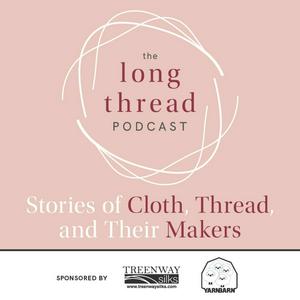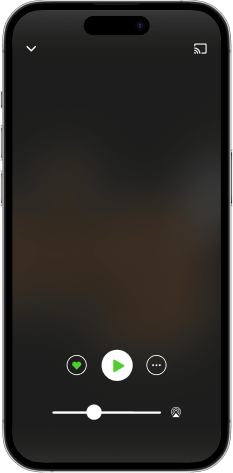Sahara Briscoe, Creative Multicrafter
Sahara Briscoe has a challenge for you: Do more with yarn. Knit your spinning, spin your knitting, rug hook with yarn, paint on your swatches, embroider with yarn, and question your assumptions about what your stash is for.
Working from a compact Bronx studio, Sahara can’t be easily classified under any label ending in -er except New Yorker. She spins, weaves on all kinds of looms, dyes, knits by hand and machine, crochets, hooks rugs, embroiders, designs custom fabrics for a range of clients, teaches, and writes, switching happily between them all and combining them as her interests lead her. At present, she is excited about scrappy knitting and a series of hooked-rug trivets. ”My textile life runs under two phrases: What if? And why not?” she says. Instead of staying in craft silos, where we pursue just one set of techniques at a time, she urges fiber folks to combine crafts fearlessly.
In both her personal work and commissioned work, she is drawn to crafting for home. Surrounding herself with textiles she loves, especially ones that transform some treasured stash into something useful, make her life more enjoyable at the same time they promote a low-waste, circular way of living. “For me, beautiful home textiles . . . Well, it‘s like us as women,” she says. “We have to be durable. We have to perform a lot of tasks, you know, and we have to hold up and still look good.”
“My whole design practice and textile practice is about—why can’t the everyday look beautiful?”
Links
Sahara Briscoe’s Instagram (https://www.instagram.com/saharabriscoe/)
Sahara’s Super String Theory Design (https://superstringtheorydesign.com/) custom textile studio
Cochenille Design Studio (https://www.cochenille.com/) computer design software
This episode is brought to you by:
Treenway Silks is where weavers, spinners, knitters and stitchers find the silk they love. Select from the largest variety of silk spinning fibers, silk yarn, and silk threads & ribbons at TreenwaySilks.com (https://www.treenwaysilks.com/). You’ll discover a rainbow of colors, thoughtfully hand-dyed in Colorado. Love natural? Treenway’s array of wild silks provide choices beyond white.
If you love silk, you’ll love Treenway Silks, where superior quality and customer service are guaranteed.
Susan Bateman started the Yarn Barn of Kansas back in 1971. She says, “Since the beginning, it's been important to us to teach the crafts we love—weaving, knitting, crochet, and spinning. Last year, we had nearly a thousand enrollments in our classes. We answered questions in store, by phone, and through email.”
When you order from The Yarn Barn of Kansas, you aren’t just ordering materials. You're supporting a business that can support you when you need help. Visit yarnbarn-ks.com. (https://www.yarnbarn-ks.com/)
Have you heard of The Woolly Thistle? We’re a brick-and-click yarn shop specializing in non-superwash, woolly wool yarns from the UK and Europe. We have fast and free shipping and you can check us out at TheWoollyThistle.com (https://thewoollythistle.com/), two L’s in Woolly. (And let us do the international shipping and tariffs, so you don’t have to.)
Peace Fleece began in a small Maine town with a mission: to produce a yarn that brings together parties from areas of historic conflict, transcending boundaries through the commerce of wool. From Russian farmers to the Navajo Nation, the original owners set the foundation for meaningful trade. Today, the spinning mill at Harrisville Designs continues the tradition of sourcing fine wool from Navajo farmers, combining it with US wool and a touch of mohair to create the unique Peace Fleece blend. Visit our website at peacefleece.com (https://peacefleece.com/) to learn more.


